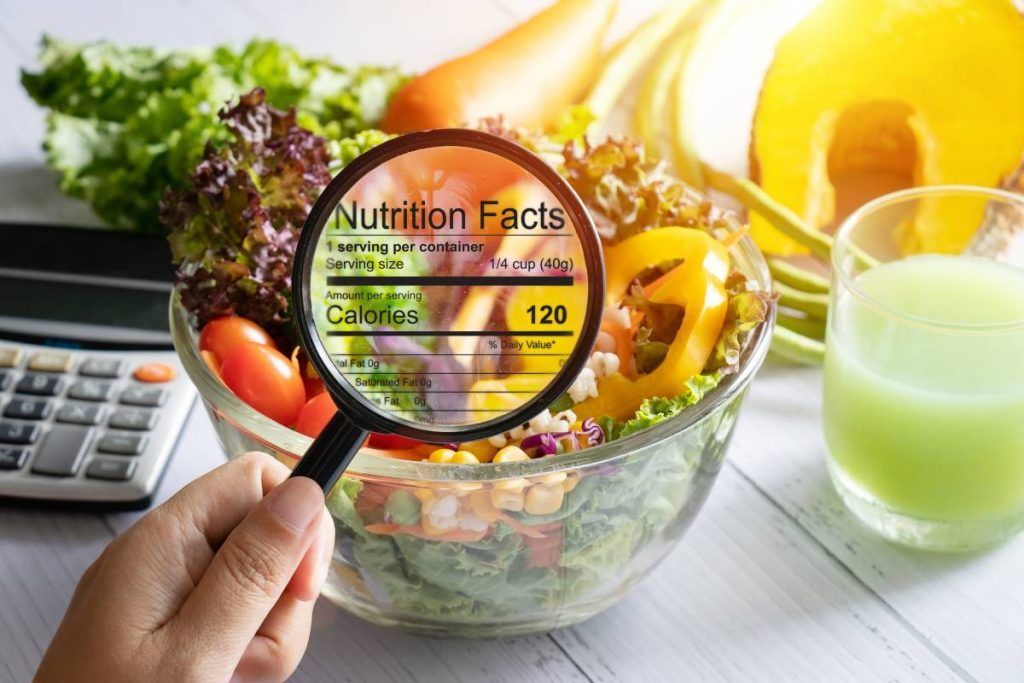
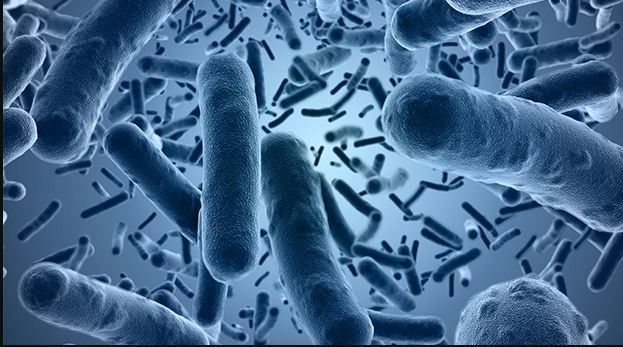


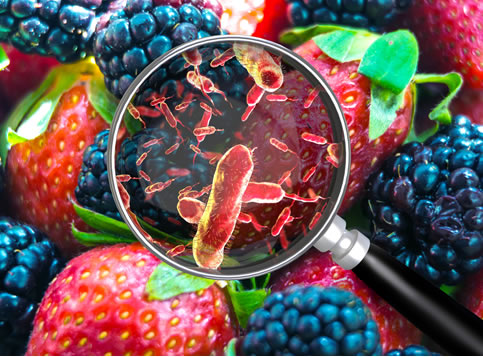
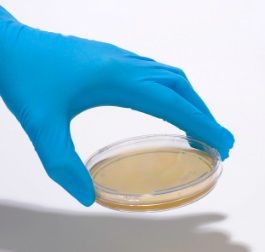
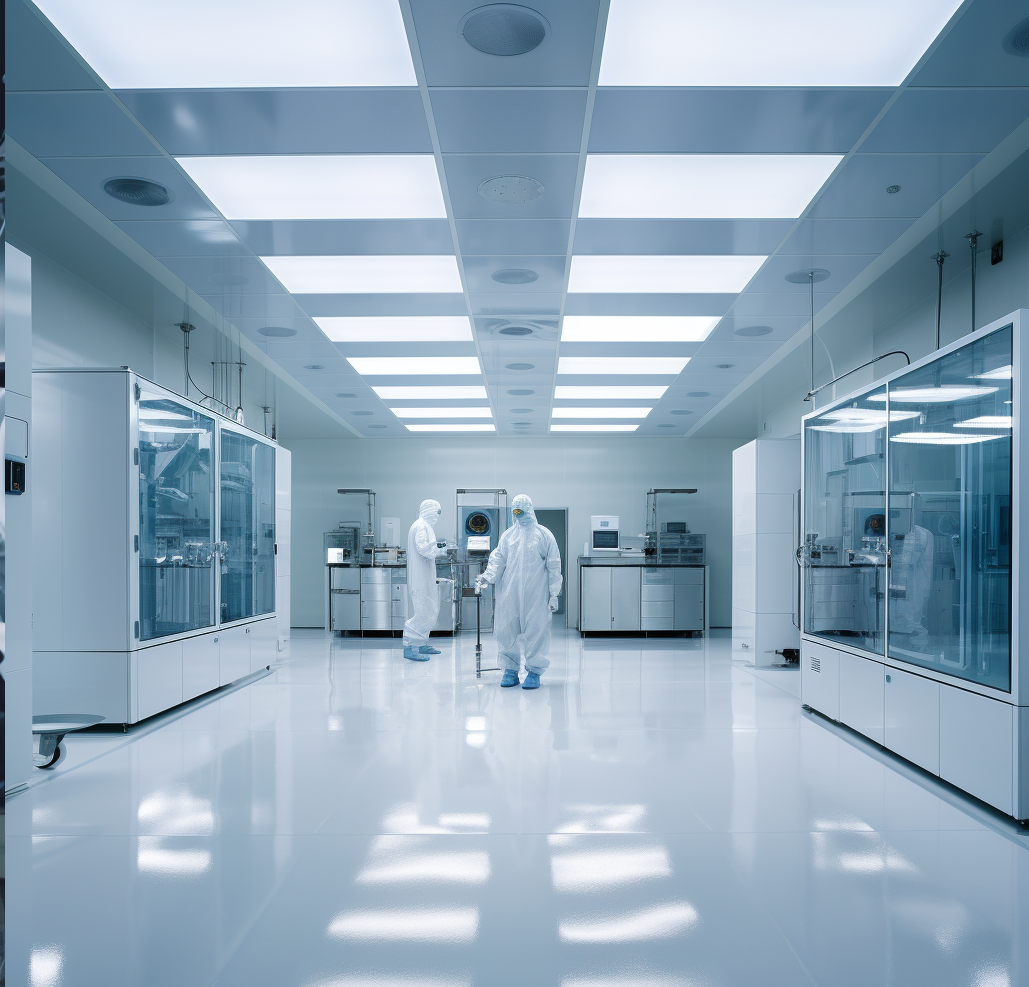
The enteric pathogen S. typhimurium has a phage-type known as DT104, which is associated with an epidemiology that is extensive and virulent. It was characterised about 30 years ago, and has spread to nearly all areas of the earth since then (2). S. typhimurium DT104 was found to have become resistant to multiple antibiotics in 1972 (2). This strain, now known as MDR-DT104, acquired the relevant mutation through the integration of an additional 43-kilobase genomic island (SGI1) into its genetic profile (3). In 1975, an alternative strain of DT104 also acquired multi-drug resistance in Thailand via different mechanisms (2). SGI1 confers resistance to a specific subset of antibiotics: sulphonamide-types, as well as tetracycline, streptomycin, chloramphenicol and ampicillin (3). However, some MDR-DT104 strains isolated in Britain were found to have added resistance to trimethoprim, (13%) ciprofloxacin (16%) or both (2%) to their anti-drug arsenal (1). In addition, some studies have reported evidence of resistance to ertapenem and ceftriaxone in some isolates (4). Ceftriaxone resistance may be conferred via transfer of the Incl1 plasmid, whereas enzymes such as IMP-4, IMP-13 and KPC-2 (that originate from E. coli) may be required to break down carbapenems (4). On the other hand, few studies have found these enzymes in any S. typhimurium phage-types (4).
MDR-DT104 is thought to have originated in Europe, where it was transmitted several times to a number of different countries therein. It then spread to Japan and to the U.S. in two separate transmission incidents, which may explain how it is also now present in Taiwan and Canada (2). However, other scientists conclude that MDR-DT104 actually originated in Southeast Asia, based on the presence of the rare ‘resistance’ genes tetG and floR (3). DT104 infects livestock such as cattle and poultry, and, subsequently, causes disease in the humans who consume them (1). The risk of drug-resistant salmonellosis is affected by several factors, including the handling of raw meat, consuming cheese made from unpasteurized milk, eating undercooked meat and (mostly in cases involving children) exposure to sand-pits while playing (1,5). The use of proton-pump inhibiting drugs and the antibiotics as listed above may also contribute to the risk of infection (2). MDR-DT104 is associated with several outbreaks among livestock in a number of countries, from the Republic of Ireland to the Philippines (2). It is also related to approximately 20,000 hospital visits and hundreds of deaths per year in the United States (2).
Historically, MDR-DT104 outbreaks have been addressed or prevented through treatment with quinolone-type antibiotics (1). However, evidence of some strains of the phage-type that have also acquired resistance to these drugs has surfaced (7). Quinolone-resistant DT104 (e.g. DT104B) strains are linked to new outbreaks with high mortality rates (6). A study of the subproteome of a clinical strain, DT104B-Se20, found seven proteins that were associated with this resistance, including familiar examples such as Omp subtypes (e.g. OmpD and OmpX) as well as the newly-discovered agent of resistance MipA (6). (Altered OmpD expression levels are also associated with carbapenem resistance (4). OmpC was also associated with the metabolic adaptations required for quinolone resistance, as were CheB, CheM, SodA and Fur (6). The clinical strain was also associated with certain proteins involved in lipopolysaccharide production (e.g. LptA and RfbF) (6). These interesting findings may form the basis for new research leading to new therapeutics or preventatives for infection with quinolone-resistant MDR-DT104.
References:
1. Threlfall EJ. Epidemic Salmonella typhimurium DT 104—a truly international multiresistant clone. Journal of Antimicrobial Chemotherapy. 2000;46(1):7-10.
2. Leekitcharoenphon P, Hendriksen RS, Le Hello S, et al. Global Genomic Epidemiology of Salmonella enterica Serovar Typhimurium DT104. Applied and environmental microbiology. 2016;82(8):2516-2526.
3. Mulvey MR, Boyd DA, Olson AB, Doublet B, Cloeckaert A. The genetics of Salmonella genomic island 1. Microbes and Infection. 2006;8(7):1915-1922.
4. Su LH, Wu TL, Chiu CH. Development of carbapenem resistance during therapy for non-typhoid Salmonella infection. Clinical microbiology and infection : the official publication of the European Society of Clinical Microbiology and Infectious Diseases. 2012;18(4):E91-94.
5. Doorduyn Y, Van Den Brandhof WE, Van Duynhoven YT, Wannet WJ, Van Pelt W. Risk factors for Salmonella Enteritidis and Typhimurium (DT104 and non-DT104) infections in The Netherlands: predominant roles for raw eggs in Enteritidis and sandboxes in Typhimurium infections. Epidemiology and infection. 2006;134(3):617-626.
6. Correia S, Hebraud M, Chafsey I, et al. Impacts of experimentally induced and clinically acquired quinolone resistance on the membrane and intracellular subproteomes of Salmonella Typhimurium DT104B. Journal of proteomics. 2016.
7. Voetsch AC, Van Gilder TJ, Angulo FJ, et al. FoodNet Estimate of the Burden of Illness Caused by Nontyphoidal Salmonella Infections in the United States. Clinical Infectious Diseases. 2004;38(Supplement 3):S127-S134.







Interested in Working with
Sure-BioChem Laboratories
Sure-BioChem Laboratories offers top-notch analytical testing for various industries. Our advanced lab and expert team ensure reliable, quality results. We're committed to excellence, helping clients meet high standards in environmental, food, and pharmaceutical testing.
Headquarters:
1000 Atlantic Avenue
Camden, NJ 08104
PHONE: 888-398-7247
Main Menu